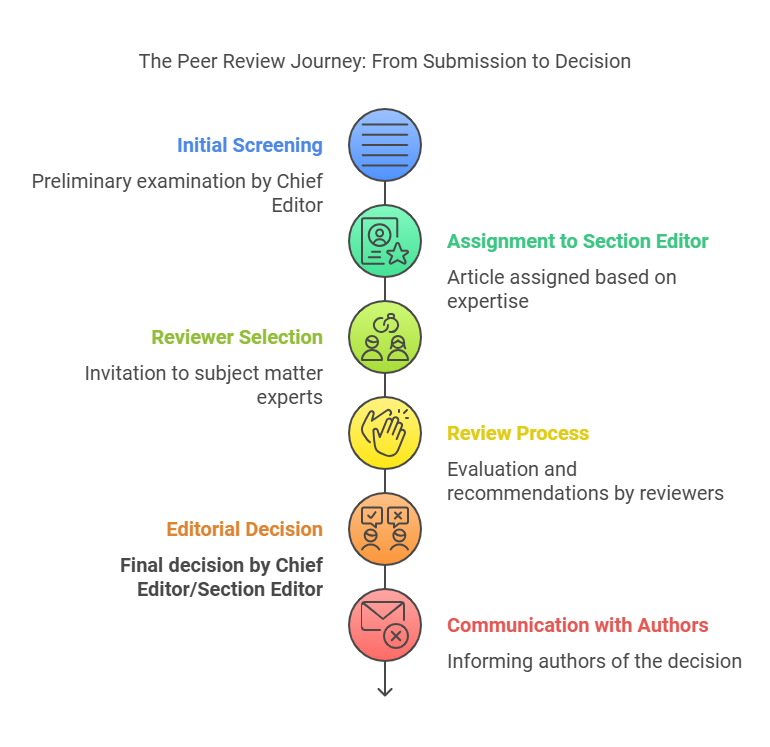Journal Policies
Submit Paper Focus and Scope Author Guidelines Editorial Team Reviewers Open Access Policy Anti-plagiarism Policy Publication Ethics Peer Review Process Copyright Notice Article Processing Charges (FREE) Archiving ORCID ID Policy License Term Deposit Policy








